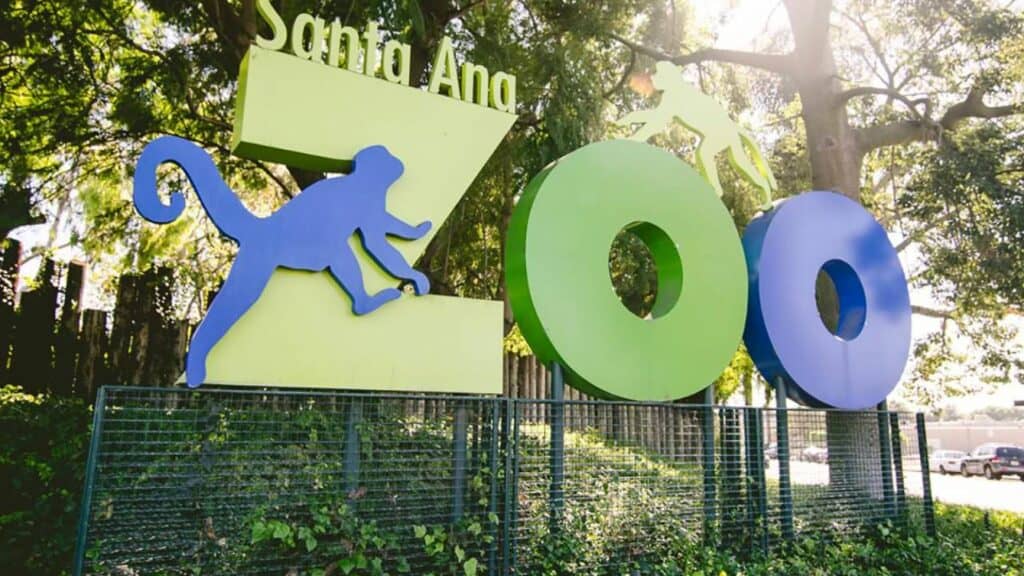Established in 1952, the Santa Ana Zoo has a rich history that spans over seven decades. Initially conceived as a small farm, it gradually transformed into a thriving wildlife haven, attracting visitors from all walks of life who share an inherent fascination for the diverse world of animals. This transformation was not without its fair share of challenges and obstacles which served to shape its evolution significantly.
The story of this zoo is one marked by resilience, adaptability, and an unwavering commitment to conservation and education. As we delve deeper into the annals of the Santa Ana Zoo’s past, we will trace its humble beginnings from a quaint family farm to becoming a vibrant sanctuary for more than 350 species today. We will journey through its trials and tribulations highlighting how each hurdle was overcome with innovative solutions leading to growth and diversification.
This exploration serves not only as a testament to human tenacity but also as an invitation for readers to feel part of this ongoing narrative; an opportunity to belong within this shared space where humans and wildlife coexist harmoniously.
The Early Years: From Farm to Zoo
The transformation of the Santa Ana Zoo from a simple farm to a flourishing wildlife haven commenced in the early years, demonstrating an intriguing evolution marked by gradual accumulation and careful preservation of diverse animal species.
The initial 20 acres were donated in 1952 by Joseph Prentice, a local philanthropist whose only stipulation was that at least fifty monkeys must be maintained on the premises at all times. This humble beginning as a small monkey farm set the groundwork for what would eventually become one of Orange County’s most revered family attractions.
The zoo’s steady growth during its first decade reflected not only increasing public interest but also expanding financial support from various private and public entities.
In this period, the zoo focused on upgrading infrastructure and enhancing its menagerie with rare and exotic animals. Through partnerships with other zoos and conservation organizations, it managed to acquire several endangered or unique species such as giant anteaters and Amazon parrots.
Gradually, through meticulous planning and strategic expansion, the park started to offer more engaging experiences like train rides, interactive exhibits, educational programs for children, all aimed towards fostering appreciation for biodiversity among visitors.
These initiatives gave rise to an atmosphere full of intrigue where visitors could feel a sense of belonging while learning about different animal species in their naturalistic habitats.
Overcoming Challenges: Growth and Transformation
Navigating through a maze of obstacles, this cherished institution transformed itself from a modest menagerie to an expansive preserve teeming with diverse species.
The journey was far from linear; it required strategic planning, robust financial backing, and tireless dedication.
Facing the constant challenge of limited space due to its location in the heart of Santa Ana’s urban sprawl, the zoo had to maximize every square foot it possessed.
Through careful landscape design and exhibit planning, it managed to create spacious habitats that mimicked each animal’s natural environment as closely as possible.
Despite these challenges, the Santa Ana Zoo has thrived over time due to several key factors:
1. **Embracing Innovation:** The zoo consistently sought out new ways to improve animal care and visitor experiences. It pioneered interactive exhibits allowing visitors a closer look at animals while maintaining respect for their habitats.
2. **Community Engagement:** Recognizing the community’s vital role in its success, the zoo nurtured strong local ties through educational programs and outreach initiatives designed to foster appreciation for wildlife conservation.
3. **Partnerships and Funding:** The establishment developed relationships with various organizations for funding and collaborative projects enhancing not only its capacity but also contributing significantly towards global efforts in wildlife conservation.
4. **Adaptive Management Approach:** The zoo’s management has remained flexible over years adapting swiftly to changing circumstances whether they were budgetary constraints or evolving best practices in animal welfare.
The growth story of Santa Ana Zoo serves not just as a testament to what vision and persistence can achieve but also draws attention towards how communities can come together for shared goals – in this case – preservation of biodiversity amidst urban landscapes.

